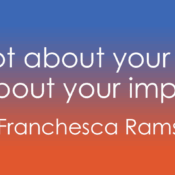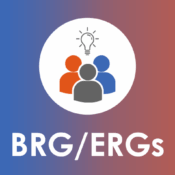
Navigating an Inaccessible Healthcare System
Being a Deaf individual during the coronavirus pandemic has been scary.
Not only has access to critical information, including press conferences at the federal, state and local levels, been limited, my wife and I worry about communication access at the hospital when our twins are born and during postpartum care.
As of right now, we have in-person interpreters planned. But we’ve been advised that this could change. Anything goes at this point.
While my wife and I do speak for ourselves and have residual hearing, our ability to comprehend individuals in healthcare settings has been and will be hindered by anyone using a mask, including the N95 masks.
This means communication would essentially be one-way, especially during delivery. Video Remote Interpreting (VRI) will not be effective during delivery, postpartum care may be a different story.
At the same time, we are expecting complications with one of our twins that will likely necessitate a stay in the NICU. How will we converse with healthcare professionals?
On top of that, there have been hospitals in the Chicagoland area that have been restricting visitors in labor and delivery units, as well as their neonatal intensive care unit (NICU). Personally, I worry that my wife may be alone in the hospital left to fend and advocate for herself.
Our thoughts extend to other members of our community, including those that are currently battling COVID-19 and/or are experiencing COVID-19-like symptoms.
We’ve seen a dramatic shift to healthcare professionals using telehealth.
Just a few days ago, Dr. John Whyte, Chief Medical Officer at WebMD, asked if we agreed that the COVID-19 pandemic will have a lasting impact on how healthcare is delivered.
I responded saying that I agreed, but that I worry about the accessibility challenges that telehealth presents for members of my community. We already face numerous challenges as it pertains to communication accessibility during in-person encounters, as evidenced by the numerous lawsuits filed on the behalf of Deaf and hard of hearing individuals.
With the heightened reliance on telehealth, we must ask if the platforms, and those using it, are prepared to ensure Deaf and hard of hearing patients can effectively communicate with their providers, and vice versa.
I’ve heard instances in which patients had to type messages back and forth via a chat feature. This is not effective communication.
On a separate, but related note, I can’t help but wonder if hospitals are equipped with the appropriate solutions to communicate with Deaf and hard of hearing patients who may be isolated.
Numerous videos and pictures of healthcare professionals in hazmat suits currently circulate the web and social media. As interpreters are likely not allowed in these settings, do these professionals have the time or capability to write back and forth with patients? Or the time to set up VRI machines to ensure connectivity with the interpreter is stable?
Do patients understand what’s happening to them? Are patients able to express their thoughts or concerns, or even messages for healthcare professionals to share with loved ones?
Again, it’s a scary time to be a Deaf individual.



